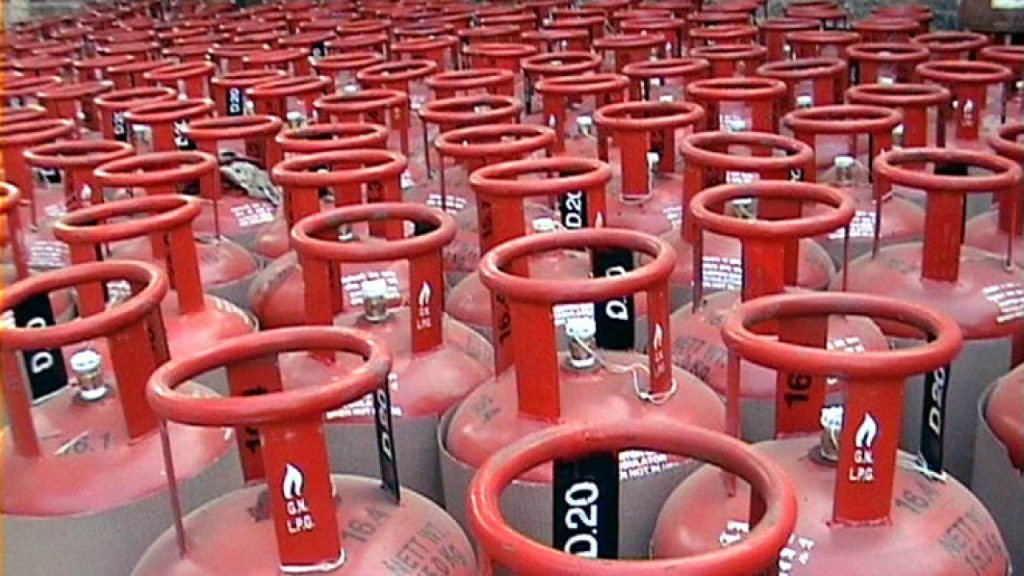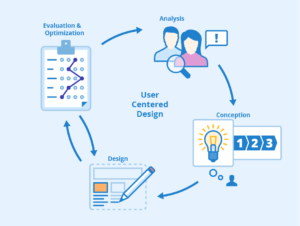Exploring the Surge LPG Price Hits Record High of Rate

Exploring the Surge LPG Price Hits Record High of Rs
Introduction
The recent surge in global energy prices has caused a significant impact on various sectors, with Liquefied Petroleum Gas (LPG) emerging as one of the most affected commodities. As LPG prices reach an all-time high of Rs. 300 per kg, households, businesses, and economies are grappling with the implications of this unprecedented escalation. In this blog, we delve into the factors contributing to the soaring LPG prices, the challenges it poses, and potential strategies to navigate this situation.
The Unprecedented Rise: Understanding LPG Price Escalation
The surge in LPG prices to Rs. 300 per kg has caught the attention of consumers and industry experts alike. LPG, a crucial energy source for cooking, heating, and various industrial applications, is highly sensitive to global supply and demand dynamics. A myriad of factors have converged to create the perfect storm driving LPG prices to historic heights.
Factors Behind the LPG Price Surge
- Global Energy Demand:The resurgence of economic activities post-pandemic, coupled with supply chain disruptions, has led to heightened global energy demand, impacting LPG prices.
- Supply Constraints:Geopolitical tensions, natural disasters, and supply chain disruptions have affected LPG production and transportation, leading to reduced supplies.
- Crude Oil Prices:LPG prices are often linked to crude oil prices. The recent rise in crude oil prices has directly influenced LPG costs.
- Transportation Costs:Escalating transportation costs due to increased fuel prices further add to the overall cost of LPG distribution.
- Global Energy Transition:The shift towards cleaner energy sources has impacted the availability and pricing of traditional fossil fuels, including LPG.
Implications for Consumers and Businesses
- Households:For households relying on LPG for cooking and heating, the price surge can strain budgets and potentially lead to fuel poverty.
- Businesses:Industries dependent on LPG for manufacturing processes or as a fuel source might face higher operational costs, which could impact profitability.
- Agriculture:The agricultural sector, reliant on LPG for irrigation pumps and agri-processing, could experience challenges due to increased input costs.
- Transportation:Higher LPG prices can lead to increased transportation costs, indirectly affecting the prices of goods and services.
Navigating the LPG Price Crisis: Potential Strategies
- Energy Efficiency:Consumers and businesses can invest in energy-efficient appliances and practices to minimize LPG consumption and costs.
- Diversification:Governments and industries could explore alternative energy sources and technologies to reduce dependency on LPG.
- Subsidies and Support:Governments can consider targeted subsidies to shield vulnerable populations from the impact of rising LPG prices.
- Market Regulation:Implementing regulations that enhance transparency and prevent price manipulation in the LPG market can help stabilize costs.
- Supply Chain Resilience:Enhancing supply chain resilience and diversification can mitigate the impact of supply disruptions on LPG prices.
- Promoting Cleaner Energy:Accelerating the adoption of cleaner and sustainable energy sources can mitigate the overall energy price volatility.
Looking Ahead: A Call for Collaborative Action
The soaring LPG prices highlight the interconnectedness of global energy markets and the need for collaborative action:
- Global Cooperation:International collaboration is crucial to address supply chain disruptions and stabilize energy markets.
- Innovation:The development of advanced technologies and alternative energy sources can reduce the dependence on fossil fuels.
- Policy Reforms:Governments can revisit energy policies to incentivize renewable energy adoption and enhance energy security.
- Consumer Education:Raising awareness about energy conservation and efficient practices can empower individuals and businesses to reduce energy consumption.
Conclusion
The unprecedented rise of LPG prices to Rs. 300 per kg underscores the complexities and vulnerabilities of global energy markets. As societies strive to strike a balance between economic growth, energy security, and environmental sustainability, collaborative efforts are needed to address the challenges posed by volatile energy prices.
While the immediate impact may be significant, proactive measures, innovation, and policy reforms can pave the way for a more stable and resilient energy future. By adopting a holistic approach that involves governments, industries, and consumers, we can navigate this crisis and work towards a more sustainable and equitable energy landscape.
For More Related Articles Browse Our Website Blogster.pk
For social Connection You can also Visit and follow our Social media Platforms
Facebook , Instagram, Linkedin, Pinterest, Quora, Twitter, Youtube.








